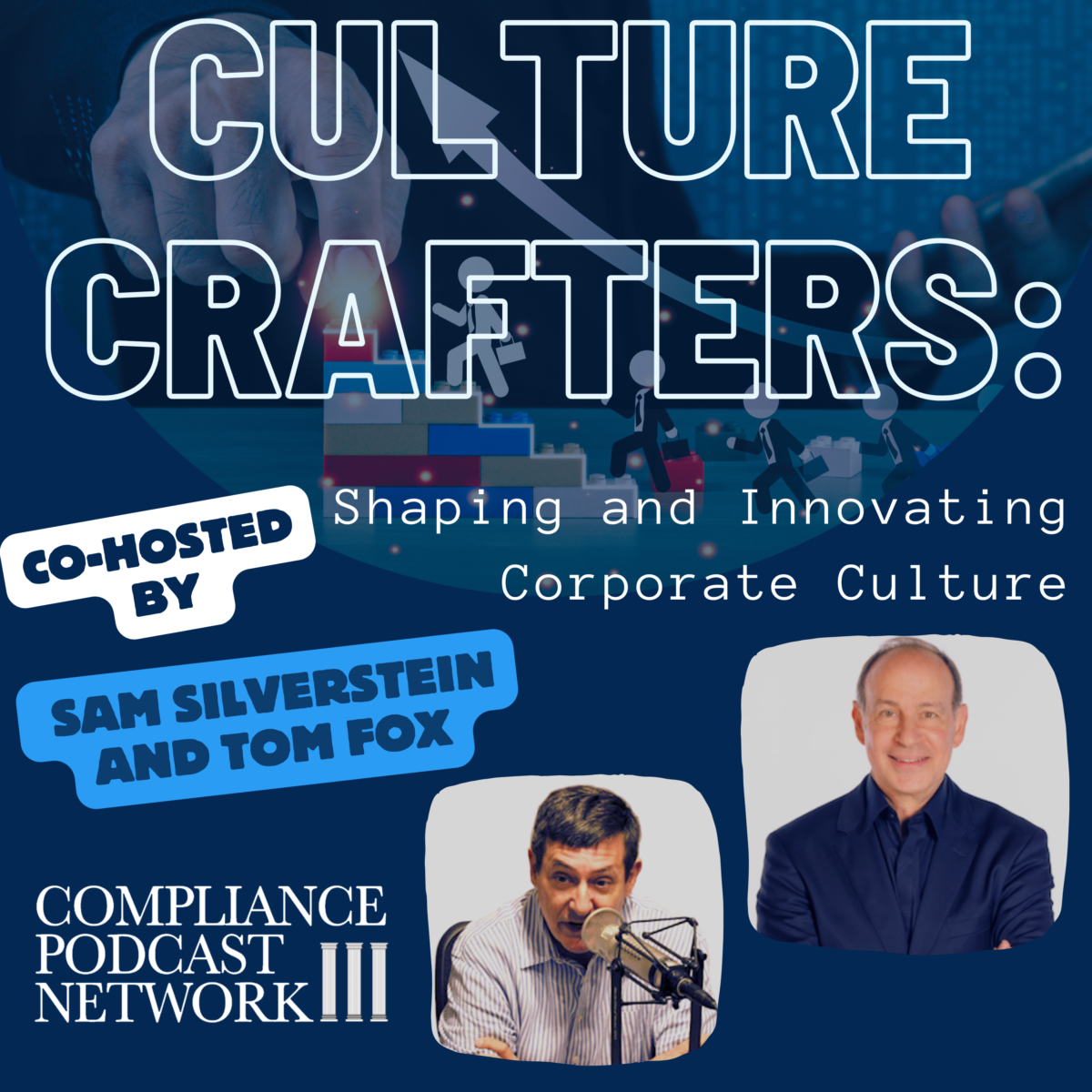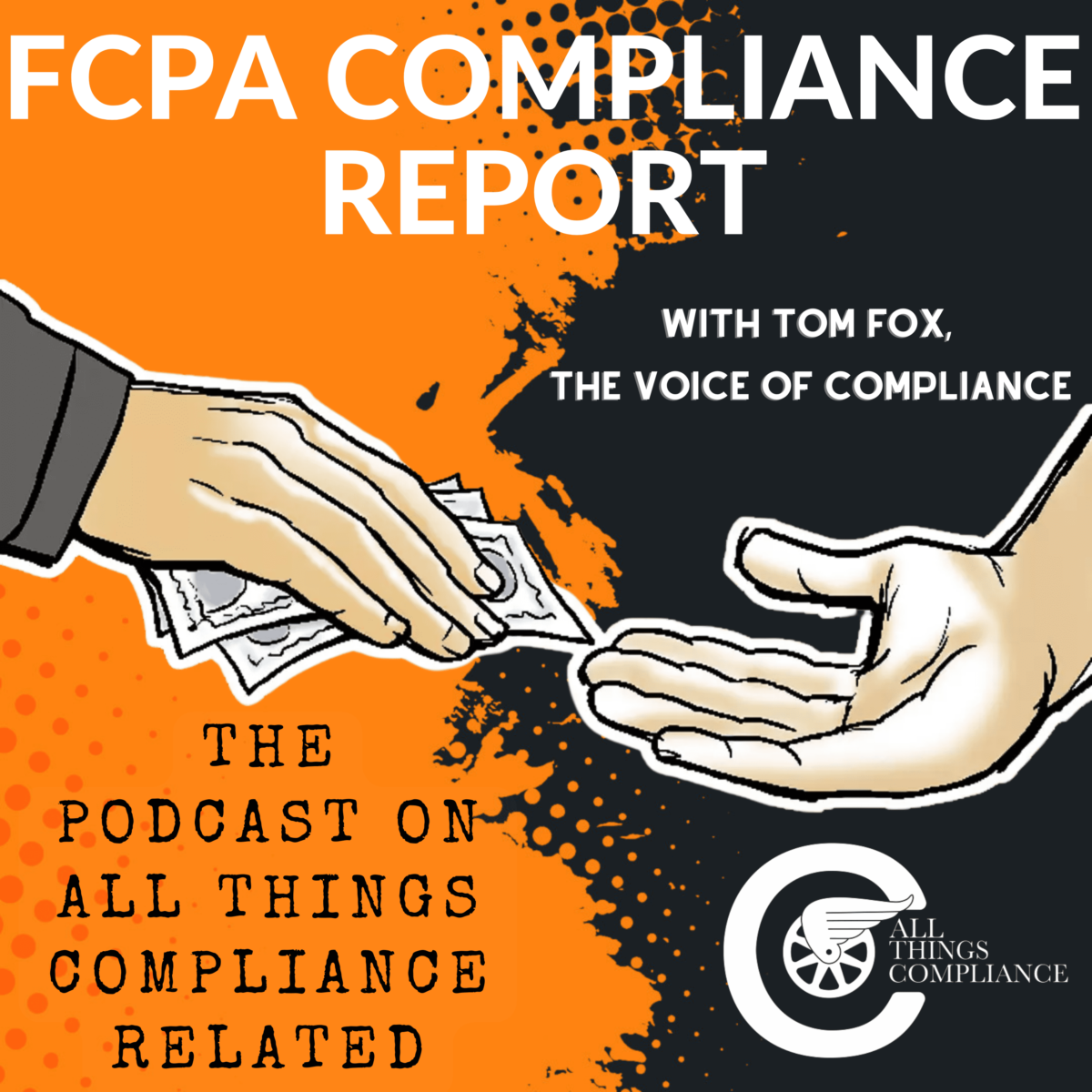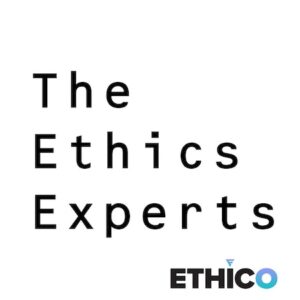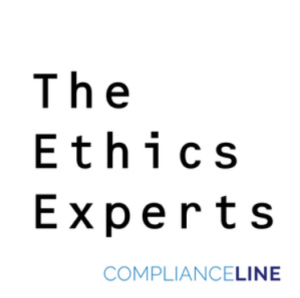I am hugely pleased to announce a dynamic new tool for compliance professionals, the Culture Audit™ which is a software tool designed to help companies evaluate their corporate culture and identify areas for improvement. Developed by Sam Silverstein, founder of the Accountability Institute, the Culture Audit™ allows a compliance professional or any business to assess their corporate culture quickly and efficiently as mandated by the Department of Justice (DOJ). (Full disclosure-I do work for and with Sam Silverstein and the Accountability Institute.)
Beginning with the speech by Deputy Attorney General Lisa Monaco in October 2021, the recognized the need for companies to assess, manage, monitor and improve their corporate culture. This was memorialized in the 2023 update to the Evaluation of Corporate Compliance Programs (ECCP), announced in January 2023. In the ECCP, the DOJ asks these following questions how often and how does a company measure a culture of compliance? What are your hiring and incentive structures around compliance? What steps have you taken in response to your measurements of compliance?
All these questions posed by the DOJ lead to the requirement that every company needs to assess their culture, because the DOJ is going to do in any enforcement action or review. However, it can be done using the same compliance processes currently in place, as culture is just like any other risk. As a risk, it can be assessed. This is why the Culture Audit™ is such a game-changer in compliance as it provides you a software tool to perform that initial risk assessment. When you have assessed a risk, then you can start to put together a risk management strategy in place. With your culture strategy in place, you can train your employees on it and then monitor their performance, determining the results. From there you can improve your culture strategy as needed. But it all starts with a culture assessment, and that’s what the Culture Audit™ allows you to do.
The Culture Audit™ can be set to 20 languages, which makes this the best possible tool, not just for international companies, with offices around the world, but also those in places like in South Dakota, where there might be a production facility and there could actually be three or four languages spoken on the production floor. This allows all employees in an organization the opportunity to communicate, to provide the vital feedback, and makes this a very powerful tool.
The Culture Audit™ is simple for all employees to use as a link is provided used throughout the organization. Moreover, it is an anonymous survey. The Culture Audit™ does collect any specific Personal Identifiable Information (PII). The Culture Audit™ does not know who is responding, and there is no ability to track back to individual employees. This provides an environment where employees are free to share what they really think about the organization, what they really feel about what’s happening inside in their workplace culture.
The Culture Audit™ measures various aspects of a company’s culture, including compliance practices, hiring processes, and employee engagement. It generates a comprehensive report that highlights gaps and provides actionable steps for improvement. The tool is particularly beneficial for global organizations as it supports international language communication.
One key feature of the Culture Audit™ is its emphasis on auditability and transparency. In the event of a regulator’s inquiry, the Culture Audit™ provides a detailed report that can be shared to demonstrate the company’s commitment to assessing and improving its culture. The questions and the results are fully auditable. The raw data collected during the audit is also retained for future reference, allowing organizations to track their progress over time.
One of the key benefits of the Culture Audit™ is its ability to identify areas for improvement and provide actionable insights. The Culture Audit™ report includes an action plan that guides organizations on specific areas to focus on and steps to take for improvement. Silverstein emphasized that all companies should be either improving because they are underperforming or reinforcing what they are already good at. By continuously reinforcing positive aspects of their culture, organizations can prevent a decline over time.
The Culture Audit™ can also be a valuable tool for companies considering acquisitions. By using the tool to assess the culture of a potential target, companies can gain insights into the target’s values, ethics, and decision-making processes. This information can help inform the decision-making process and identify potential risks or areas of alignment.
The Culture Audit™ is a true game-changer in compliance as it provides organizations with a powerful tool to assess and improve their corporate culture. By measuring various aspects of culture, providing actionable insights, and emphasizing auditability and transparency, the Culture Audit™ helps organizations create a positive and productive workplace environment. With the increasing focus on corporate culture by regulators, the Culture Audit™ can also help companies demonstrate their commitment to ethical behavior and compliance. By utilizing this tool, organizations can drive better leadership, improve employee engagement, and ultimately enhance their bottom line.
Resources
Culture Audit
Set up a call to discuss the Culture Audit, click here












